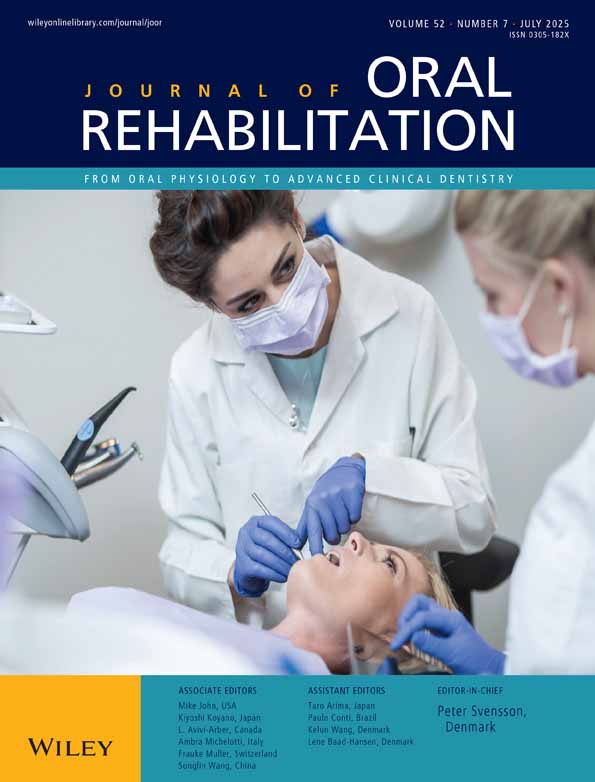Long-term cytotoxicity of resin-based dental restorative materials
Abstract
Highly filled composites, Ormocers (organically modified ceramics) and ‘smart’ materials have been developed to overcome the polymerization shrinkage problems of conventional composite materials. The purpose of the current study was to investigate the effect of longer-term (up to 8 weeks) ageing of these resin-based dental restorative materials and determine the effect of post-curing on cytotoxicity. Twelve discs of each material (Colombus/IDR, Definite/Degussa, Ariston pHc/Vivadent) were either light-cured (Lc) or light-cured and post-cured (Pc). For cytotoxicity testing, the discs were placed in contact with cell culture medium (DMEM) and incubated at 37 °C. Extracts from composite materials were collected after 24 h and weekly over a time period of 8 weeks. Cytotoxicity of the eluates to cultured fibroblasts (Balb/c3T3) were measured by the succinic dehydrogenase (SDH) activity (MTT assay) and the results expressed in percentage of negative controls (Teflon discs). The results showed that ageing significantly influenced the cytotoxicity of the materials. Except for Ariston pHc, materials were less cytotoxic after 8 weeks of ageing than they were in early intervals and post-curing was not generally useful in reducing cytotoxicity. The Ariston pHc was initially moderately toxic, but then become highly cytotoxic for 5 weeks before returning to initial levels. The current study demonstrated the importance of assessing the cytotoxicity of resin composite materials at multiple times.




